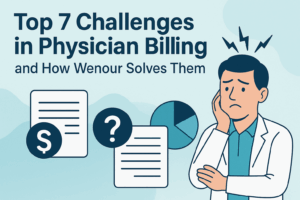
Unlock Your Practice’s Full Potential: Strategic Medical Billing Outsourcing Guide for 2026
Boost your medical practice’s revenue and efficiency with strategic medical billing outsourcing. Learn how to choose the right partner, improve RCM, reduce errors, and achieve measurable ROI. Data-driven insights and expert advice included! This article explores how outsourcing medical billing can significantly increase your practice’s revenue and reduce errors. We’ll cover choosing the right partner,






